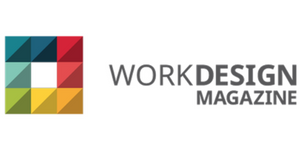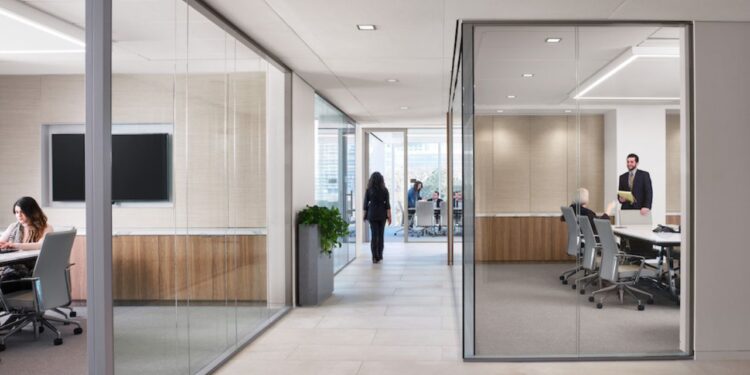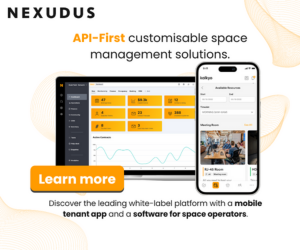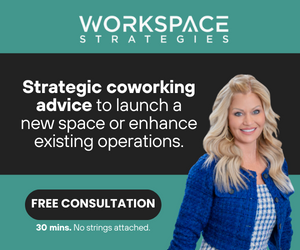- Effective workspace design isn’t just skin deep – it needs to functional, useful, and elevate the user experience.
- And while designers often look back in time to find the right answers, many believe that design should be timeless.
- Perkins&Will’s Lina Murillo explores how to create timeless workplace design that business owners, workplace operators, and users will remain happy with for years to come.
This article was written by Lina Murillo, and was originally published on Work Design Magazine.
As designers, we are challenged to push the limits of our imagination to create meaningful designs that elevate the user experience in the context of the necessary utility and desired functionality of a given space. A timeless workplace design aesthetic is among the design criteria most often requested by clients to achieve and preserve this elevated user experience; therefore, one may ask, what is it about this particular approach that fulfills a timeless objective, and how?
Is it the neutrality and understated feel, or the perceived functionality that comes from clean lines and simple forms? Or, perhaps we are creating more with less by offering a stage for users to tell their own stories?
As we explore design solutions for today’s workplace, we often reflect and look back in time to find answers relating to three key traits: design strategies, materiality, and future-proof techniques.
Design Strategies
As early to mid-20th century designs evolved to break from the architectural constraints of the past to define a new set of rules for modern living and working, the more contemporary aesthetic moved to the forefront of different space typologies and functions and remains relevant today.
The removal of decorative elements from products and architecture produced a more minimal aesthetic. This also generally resulted in flat surfaces that proved easier to maintain and clean, broad use of white and neutral colors that reinforced that perception of cleanliness and expanded application of technologies and fabricated materials, such as glass, metals, and composites.
These elements became indicative of the modern design aesthetics that, as a foundation, prevails today and, as a design strategy, have stood the test of time.
As we design post-pandemic office environments and consider the future of the workplace, these same design strategies remain relevant. In the age of remote work, wellness and flexibility have become core requirements for creating humane spaces, while adaptation and ease of expansion and contraction are key to lease and use longevity. By thoughtfully implementing these strategies, a simple canvas can be crafted in a way that is both universal yet specific enough for curation to each client’s needs and aspirations.
Materiality
When we talk about materials and how they define space in a “clean” and “classic” way, we cannot help but think of white, natural, transparent, and neutral elements. The reality of this notion is that functionality comes first, and aesthetics comes second. In today’s workplace, each material’s bare functionality and character should come to life and create a unique aesthetic that stands the test of time. The application of neutral and easy-to-maintain finishes combined with natural, durable materials like wood, concrete, stone, and metal brings the right balance to allow integration with other less universal layers that define the space’s character and help support the white/neutral space approach.
Furniture, artwork, color, accessories, and biophilia can also be a timeless workplace design expression aligned with the architectural backdrop. Yet, they can have a less functional and more protagonist role to define the character of the space.
Stating the obvious, from space planning to material selection, the office space experience can be crafted in many shapes and forms, but it is the curated way in which simple elements and materials speak to the timing, culture, brand, and style of every client.
Future-Proof Techniques
The ever-evolving workplace environment requires thoughtful techniques to maximize the longevity of each space and financial decisions of each client. As we define programmatic needs for the workplace, the implementation of future proof space with a strategic programing and identification of users and personas within the organization can help predict space allocation and trends that will help inform current and future space requirements or relocation needs.
The adoption of a more collaborative, less hierarchical organization to space, where “we” space is prioritized over “me” space, is key. Implementing modular spaces mixed with structured hubs to allocate common space while allowing for multiple uses proves optimal flexibility and adaptation for team growth and multipurpose functionality. Whether designing a tech or professional services office environment, implementing streamlined space requirements such as one-size universal offices or focus areas can help reduce the need for renovation or customization of room sizes & design as teams evolve. In addition, implementing adaptable furniture systems, demountable partitions, and universal MEP engineering provides efficiency and a strategic design value to the long-term investment made by each organization.
With the added value of robust technology resources and the notion of “second” or “third” workspaces becoming the norm for remote workers, the opportunities for a more efficient office design are endless. Strategic site planning and phased design for future growth are imperative to a successful and efficient office space. As we navigate the age of pandemics, creating informed office solutions that are resilient with future-proof space infrastructure to accommodate changes without major renovations also creates nimble and time-proof design outcomes.
While there are no one-size-fits-all solutions to delivering timeless workplace design, there are best practices for helping clients strike their particular balance between ‘timeless’ and ‘timely’ aesthetics by designing for the identity and values of today and forecasting for the inevitable change of tomorrow.

 Dr. Gleb Tsipursky – The Office Whisperer
Dr. Gleb Tsipursky – The Office Whisperer Cat Johnson – Coworking Marketing Maven
Cat Johnson – Coworking Marketing Maven Angela Howard – Culture Expert
Angela Howard – Culture Expert Drew Jones – Design & Innovation
Drew Jones – Design & Innovation Andrea Pirrotti-Dranchak – Competitive Advantage
Andrea Pirrotti-Dranchak – Competitive Advantage















